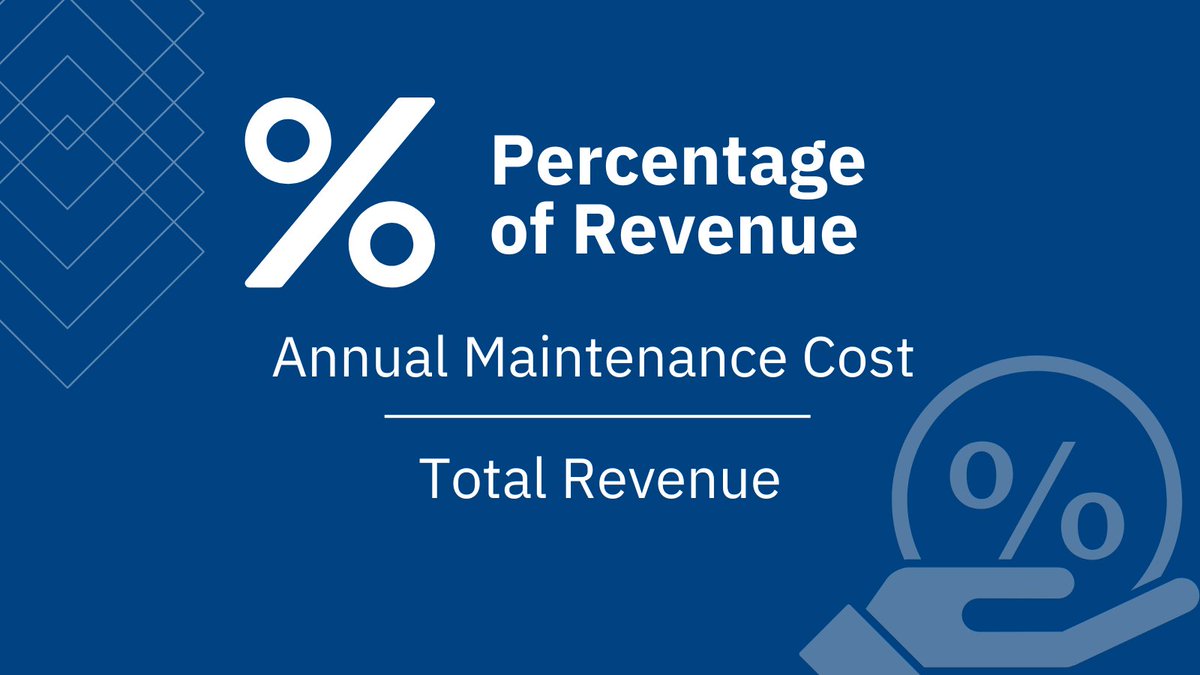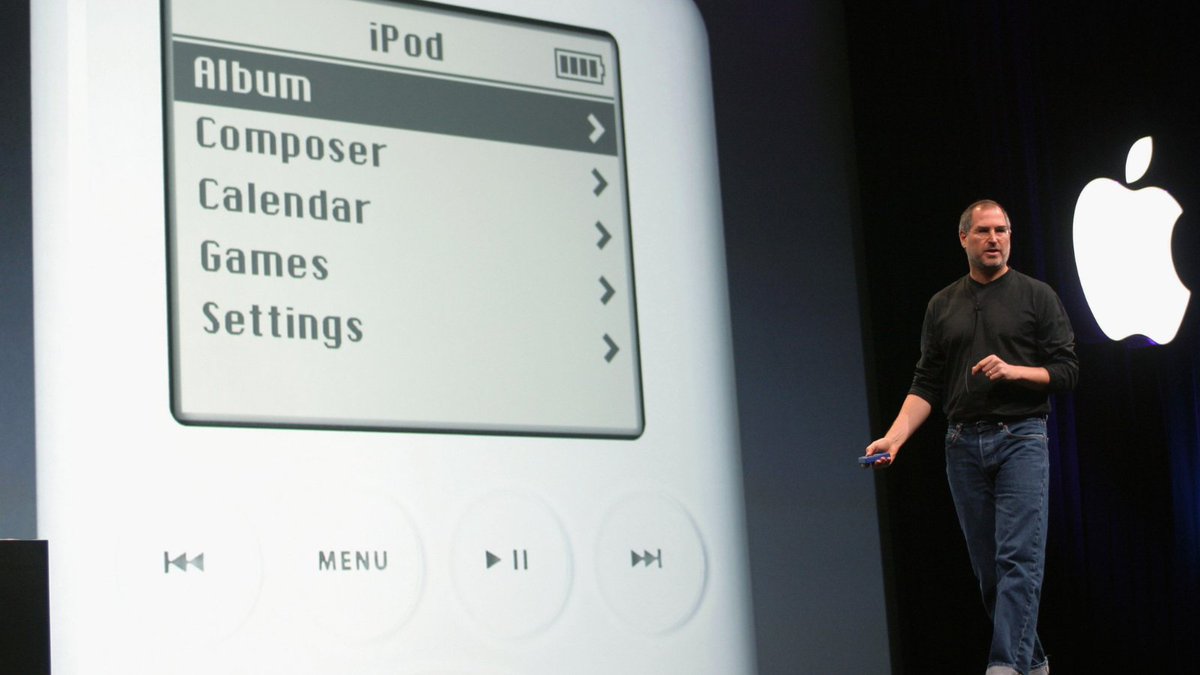Unsure which KPIs to track in your business?
The wrong KPIs can cloud your judgment and lead to bad decisions.
Grab some sticky notes and do this 7-step exercise to choose the right KPIs:
The wrong KPIs can cloud your judgment and lead to bad decisions.
Grab some sticky notes and do this 7-step exercise to choose the right KPIs:
1) Identify a goal you want to reach
Ask: what do you want to achieve?
But many businesses set bad goals.
Use the SMART goals framework to make sure your goals are:
• Specific
• Measurable
• Achievable
• Relevant
• Time-bound
Ask: what do you want to achieve?
But many businesses set bad goals.
Use the SMART goals framework to make sure your goals are:
• Specific
• Measurable
• Achievable
• Relevant
• Time-bound
2) Write down your KPIs on sticky notes (only 1 per note).
Use both financial and non-financial KPIs.
Find more by:
• Googling them
• Talking to trade associations
• Asking coworkers & industry contacts
Group them by similarity.
Use both financial and non-financial KPIs.
Find more by:
• Googling them
• Talking to trade associations
• Asking coworkers & industry contacts
Group them by similarity.
3) Evaluate the importance and ease of collection (rate them)
Now, one-by-one ask:
▸ How important is this metric?
▸ How easy is it to collect it?
Now, one-by-one ask:
▸ How important is this metric?
▸ How easy is it to collect it?
▸ How important is this metric?
Impact on desired outcome + gut feeling = rating
Ask:
• What is the impact on the goal?
• What before this could impact the goal?
• If changed by 10%, what would happen?
Score them between 1 (low impact) and 10 (high impact).
Impact on desired outcome + gut feeling = rating
Ask:
• What is the impact on the goal?
• What before this could impact the goal?
• If changed by 10%, what would happen?
Score them between 1 (low impact) and 10 (high impact).
▸ How easy is it to collect?
If it’s hard to track, you will fail.
Ask:
• How difficult is it to gather?
• How annoying is it to gather?
• How motivating (or not) is the number?
Score them between 1 (hard) and 10 (easy).
If it’s hard to track, you will fail.
Ask:
• How difficult is it to gather?
• How annoying is it to gather?
• How motivating (or not) is the number?
Score them between 1 (hard) and 10 (easy).
4) Cull the list
Importance + Ease of collection = Score
Write that score in the top middle of the sticky note.
Collect the top 10 scored KPIs and set aside the rest.
Importance + Ease of collection = Score
Write that score in the top middle of the sticky note.
Collect the top 10 scored KPIs and set aside the rest.
5) Identify 1 leading and 1 lagging measure per goal
Leading measures should be predictive of the lagging ones.
Example:
• Leading = Sales Calls
• Lagging = Revenue
Ask which metric will:
• tie most closely to the goal?
• cover blind spots of the other?
Leading measures should be predictive of the lagging ones.
Example:
• Leading = Sales Calls
• Lagging = Revenue
Ask which metric will:
• tie most closely to the goal?
• cover blind spots of the other?
6) Document your process
Answer the following:
• Where you’ll get it
• Frequency of reporting
• Who is responsible
• Who needs to know
This assures you can pass off the collection and process when the time comes.
Answer the following:
• Where you’ll get it
• Frequency of reporting
• Who is responsible
• Who needs to know
This assures you can pass off the collection and process when the time comes.
Monitor, report, and refine
You won’t be perfect at selecting the right metrics.
That’s okay, but it’s what makes this step so vital.
Swap out a metric when it’s not acting as you expected.
This will take 3-6 months to complete.
You won’t be perfect at selecting the right metrics.
That’s okay, but it’s what makes this step so vital.
Swap out a metric when it’s not acting as you expected.
This will take 3-6 months to complete.
I wrote about this process in my latest newsletter.
You can read it below.
Join 25k subscribers so you get more content like this in your inbox every week:
kurtishanni.com/blog/7-steps-t…
You can read it below.
Join 25k subscribers so you get more content like this in your inbox every week:
kurtishanni.com/blog/7-steps-t…
Tell me: what questions do you have regarding KPIs?
I had to copy and paste this into Twitter like a caveman (because the API is broke again).
Support me in my pain by:
• Following me: @KurtisHanni
• RT the tweet below:
I had to copy and paste this into Twitter like a caveman (because the API is broke again).
Support me in my pain by:
• Following me: @KurtisHanni
• RT the tweet below:
https://twitter.com/KurtisHanni/status/1672594209126096897
@HowardForman67 Thanks Howard!
@dklineii Yeah, the combo is what makes them so powerful.
@IAmClintMurphy Thanks Clint!
@callmehouck You're not old enough to make that joke. 🤣
@bbourque It shocks me when people say they don't set them. Very few can succeed long-term that way imo.
@Shane___Martin That's a good one, haven't thought much about that. I think in a sense it'd have to be related to your hours saved, revenue, or new (big) initiatives, as that's ultimately the outcomes you're trying to get.
@polak_jasper Haha, NCOMIDPNOCA does have a ring to it though.
• • •
Missing some Tweet in this thread? You can try to
force a refresh

 Read on Twitter
Read on Twitter








